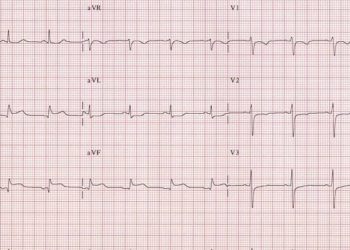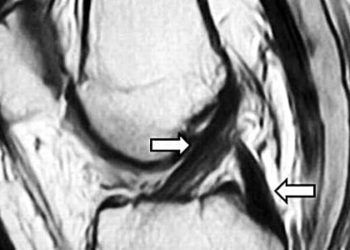Cognitive behavioral therapy effective for chronic insomnia
1. From a systematic review, adults treated with cognitive behavioral therapy (CBT) for chronic insomnia experienced significant improvements in sleep onset latency, awake time, and sleep efficiency.
2. CBT was associated with marginally improved total sleep time, although not statistically significant.
Evidence Rating Level: 1 (Excellent)
Study Rundown: Five to 15% of adults suffer from chronic insomnia, and 6 to 10% of American adults use medications to fall or stay asleep. Cognitive behavioral therapy (CBT) may provide an alternative to drug-based treatment, focusing instead on the attitudes and behaviors surrounding sleep. This study reviewed and combined data from prior trials that compared CBT with other non-drug based treatments. Insomnia was measured using self-reported changes in time to sleep onset, time spent awake after initially falling asleep, total sleep time, and sleep efficiency, defined as the total time asleep divided by total time in bed. Overall, patients who underwent CBT experienced decreased time to sleep onset and time awake after falling asleep, as well as improved sleep efficiency. Total sleep time appeared to improve only marginally, although it should be noted that CBT that includes sleep restrictions may decrease initial total sleep time. The magnitude of effect of CBT found in this study compare favorably with the magnitude of effect found in drug-based studies. However, this study excluded trials comparing CBT with drug-based insomnia therapy, so the results of this study cannot answer whether CBT is more effective than drug therapy. Nevertheless, these data suggest that CBT may have a meaningful impact on insomnia, and may be an effective alternative to other therapies.
Click to read the study, published today in the Annals of Internal Medicine
Relevant Reading: The Economic Burden of Insomnia: Direct and Indirect Costs for Individuals with Insomnia Syndrome, Insomnia Symptoms, and Good Sleepers
In-Depth [systematic review]: This study pooled results from 19 randomized, controlled trials comparing CBT with non-pharmacologic controls for treatment of chronic insomnia. CBT was defined as ≥2 face-to-face sessions involving ≥2 of the most common CBT therapy modalities for insomnia: cognitive therapy, stimulus control, sleep restriction, sleep hygiene improvement, and relaxation therapy. Notably, studies were excluded from analysis if they tested CBT among patients with insomnia and a comorbid medical, psychiatric or sleep-related condition. Compared to control, CBT significantly decreased sleep onset latency (by 19.03 minutes, 95%CI 14.12 – 23.93 minutes), awake time after initial sleep onset (by 26.00 minutes, 95%CI 15.48 – 36.52 minutes), and sleep efficiency (by 9.91%, 95%CI 8.09% -11.73%). Total sleep time appeared to increase slightly among patients receiving CBT, although the change was not significant (by 7.61 minutes, 95%CI -0.51 – 15.74 minutes). Findings were consistent across a number of sensitivity analyses.
Image: PD
©2015 2 Minute Medicine, Inc. All rights reserved. No works may be reproduced without expressed written consent from 2 Minute Medicine, Inc. Inquire about licensing here. No article should be construed as medical advice and is not intended as such by the authors or by 2 Minute Medicine, Inc.









